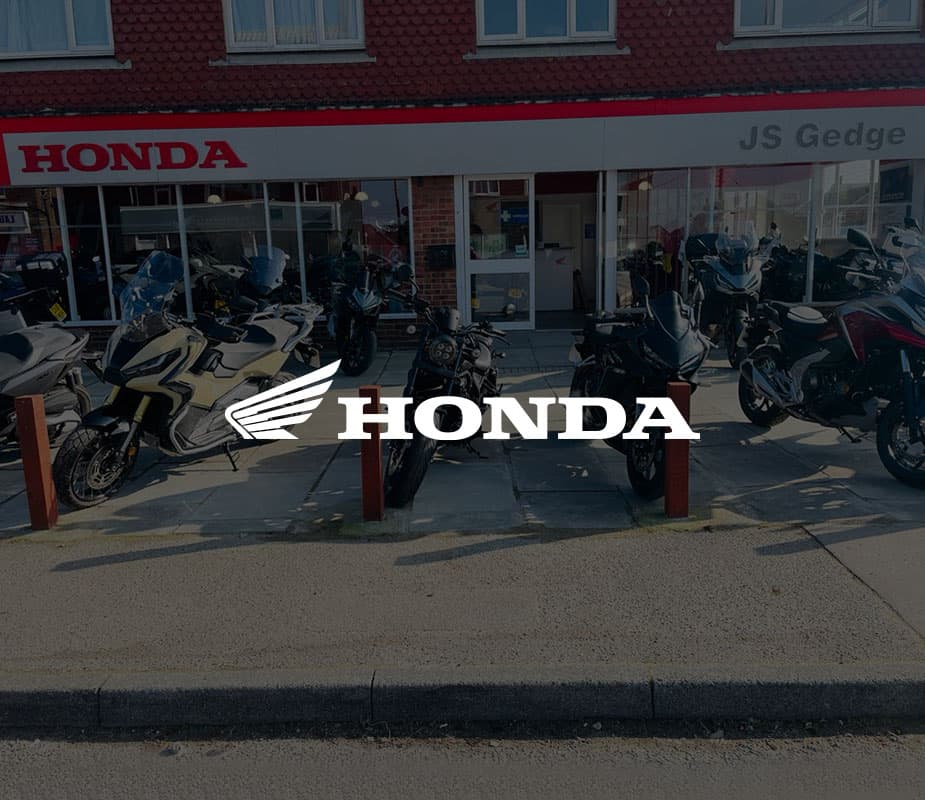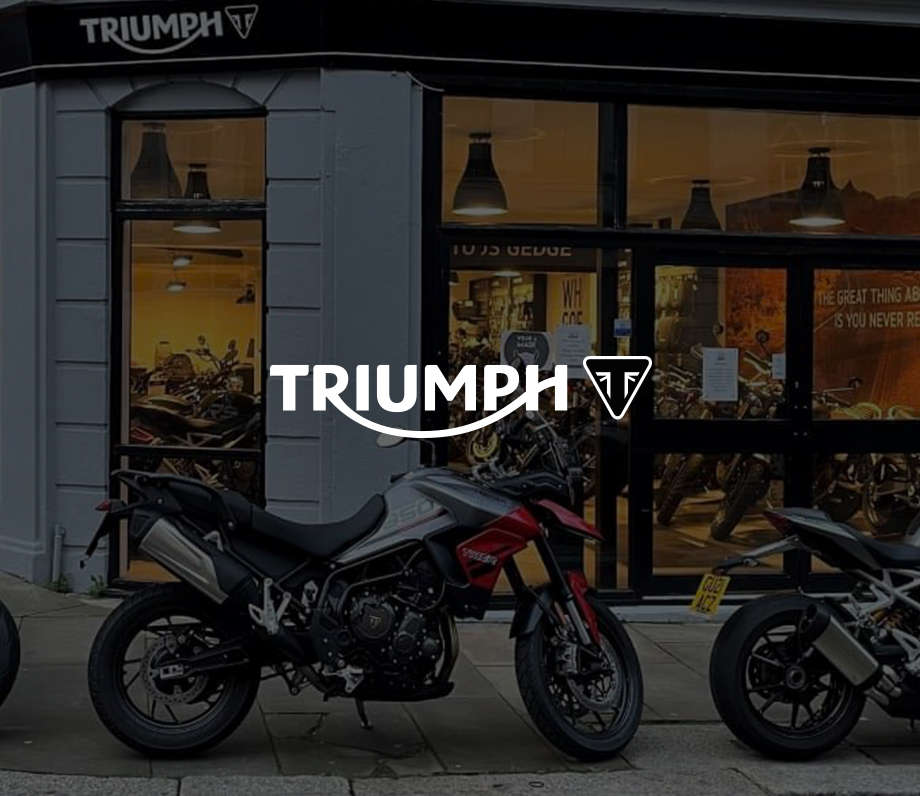Ushering in back in 1992, the Fireblade aimed to re-design what Supersport meant, taking the direction of the class and turning it onto refined handling, aggressive looks and maximising your control out on the road. Total Control, a statement that became somewhat a design goal of the Honda team.
But with over 25 years in the market, they must have succeeded. Recently releasing an all-new CBR1000RR Fireblade, Honda have succeeded in maintaining their core design philosophy - Total Control. Take a short read into the history below.
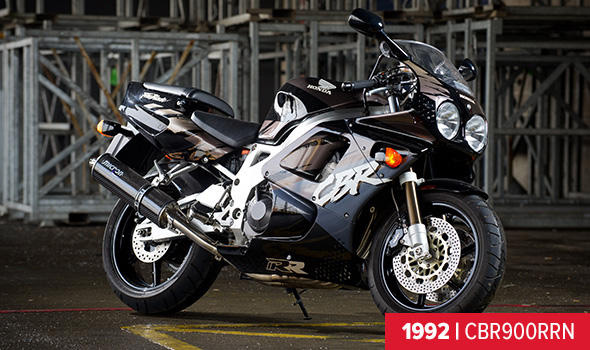
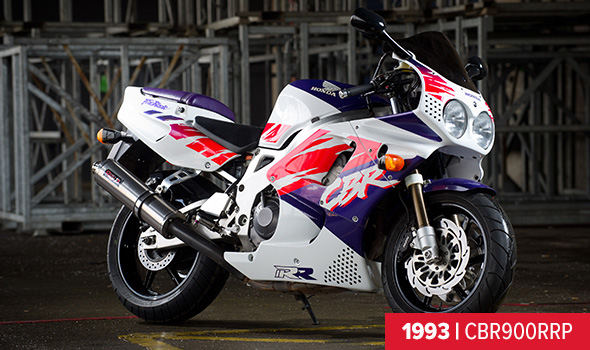
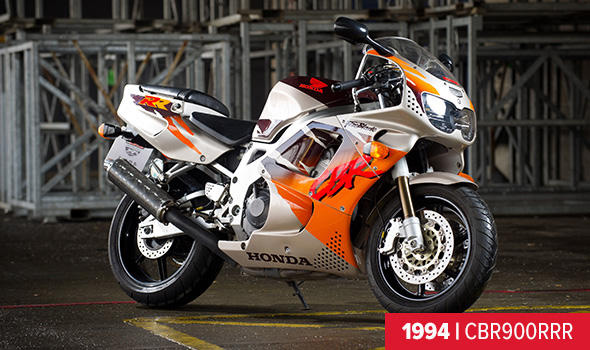
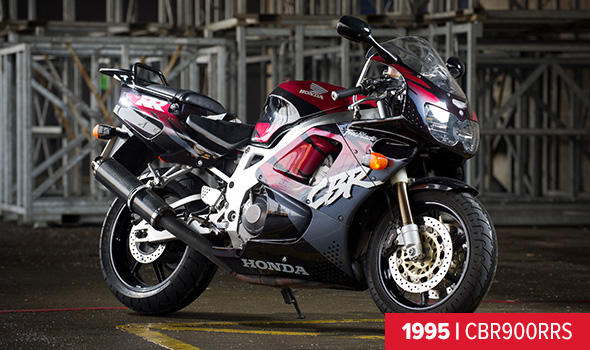
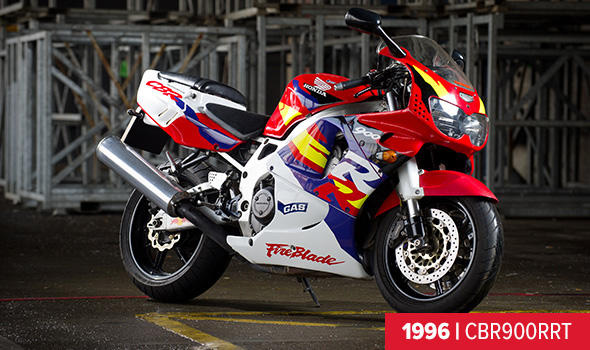
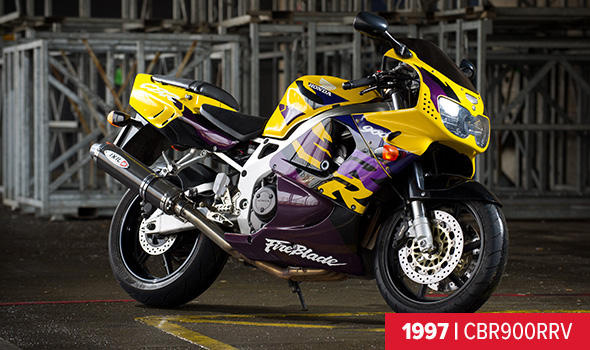
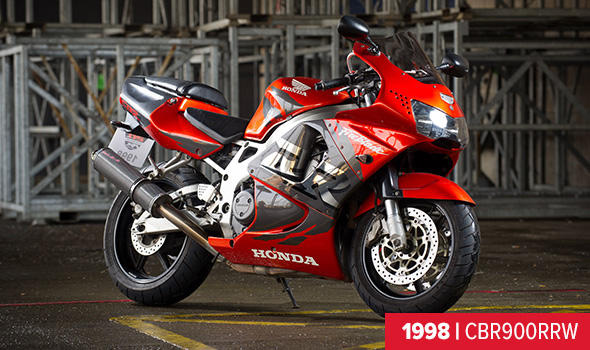
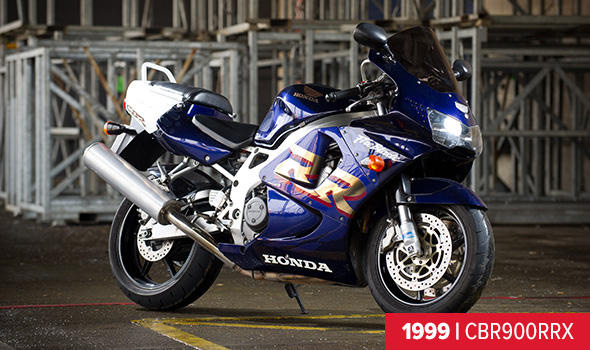
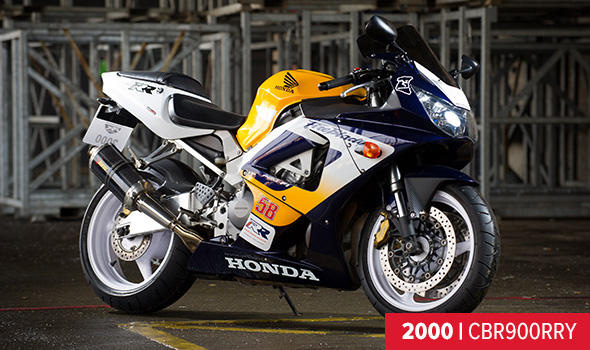
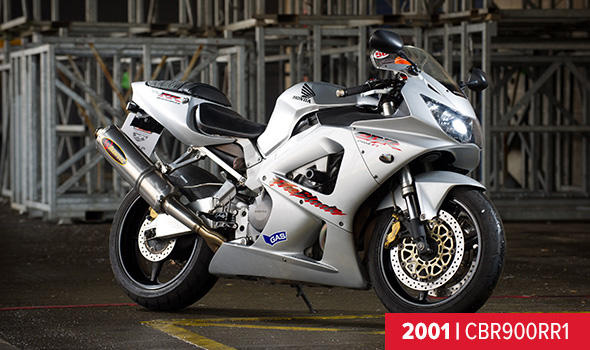
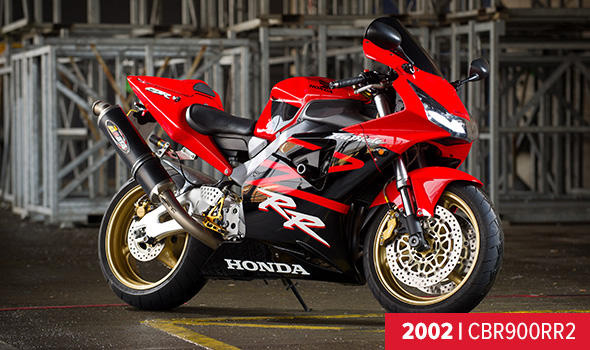
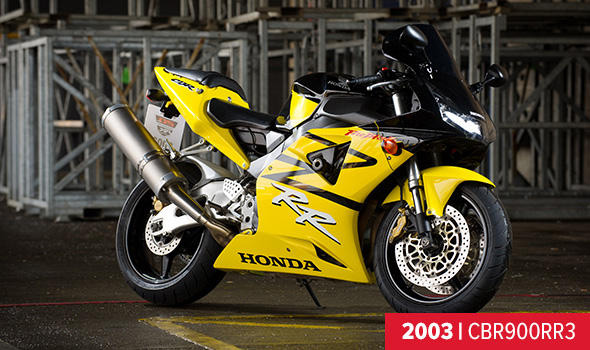
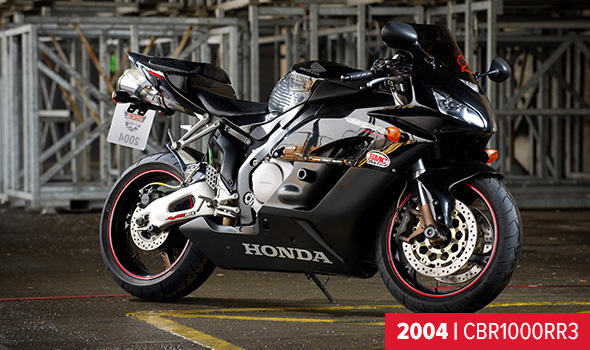
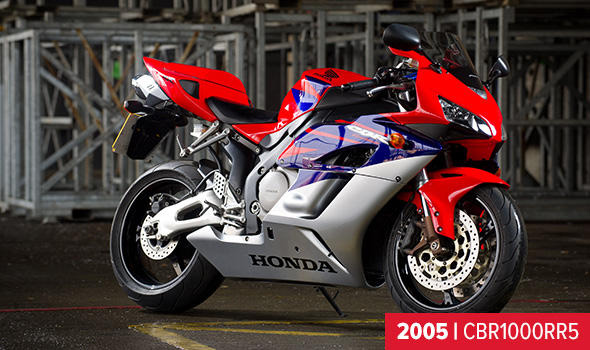
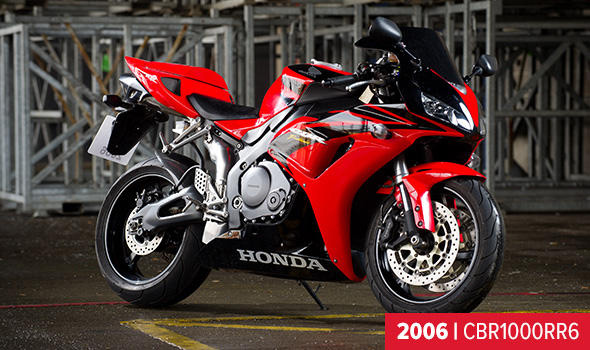
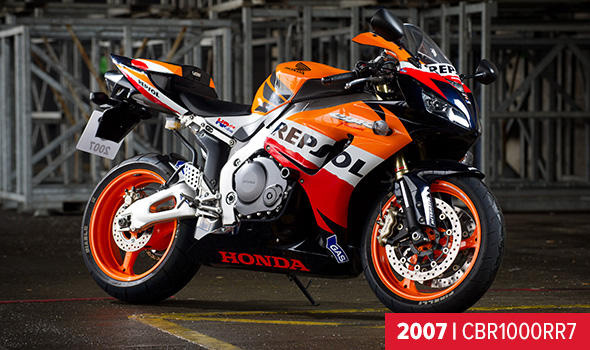
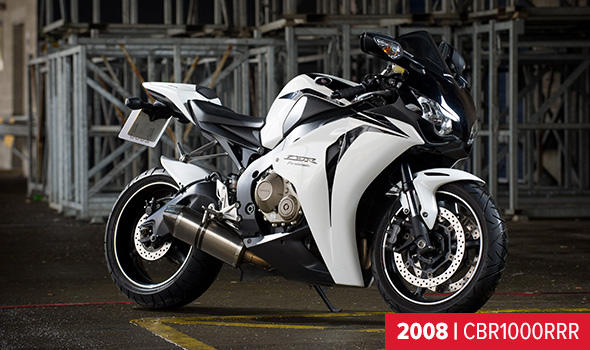
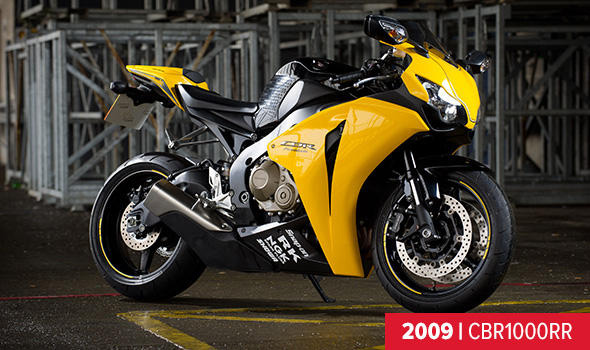
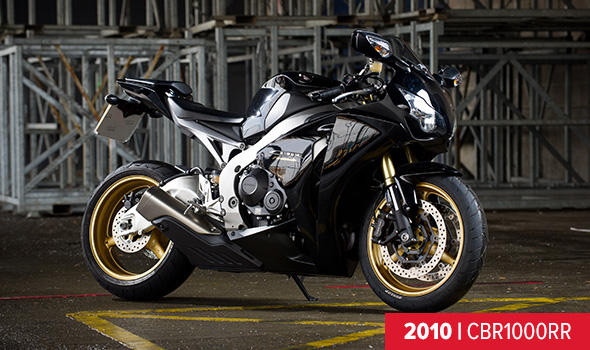
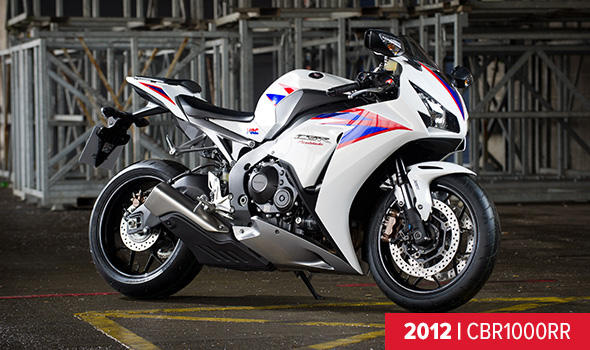
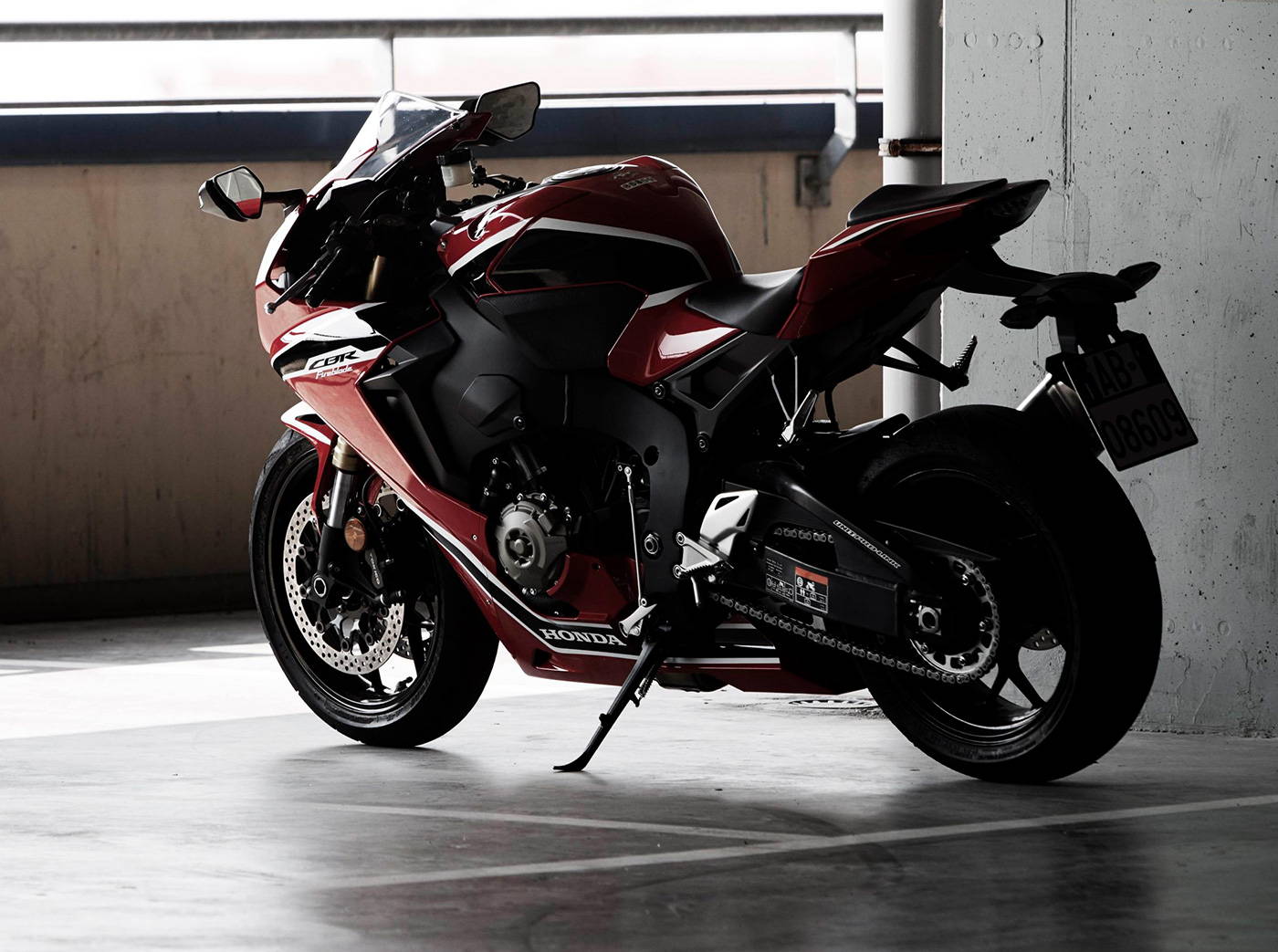
2017 - THE THIRTEENTH GENERATION
Finally here, the brand-new 2017 Fireblade is the next step of Total Control, bringing a lighter-than-ever and sharper performance to the Honda supersport range. Still following the core philosophies, design goals and core ideas built into the original 1992 edition, the brand-new Blade features an all-new frame, bodywork and engine.
An all-time high in power for the CBR series, the bottom end torque and high-end power have both been improved, significantly at the top end, bringing it up 8kW to 141kW at 13,000 rpm. Even more customisation to fit your riding style have been offered too, with three selectable modes of engine output.
Not just the core has received an overhaul though - the exterior has been fully overhauled from top to bottom. Featuring newly crafted sharp, edgy lines and a gorgeous deep red tone; this machine was meant to intimidate the competition. It's thunderous and charismatic engine brings a unique sound, feel and way to ride, but will still be familiar to fans of the series, with its unforgivably Honda tone and feel. Lightweight, monstrous power all while remaining in full control of the riders hands.
CBR1000RR-R FIREBLADE 30TH ANNIVERSARY
The flame that burns brightest is the will to challenge, and from that burning passion we created something quite extraordinary in 1992. Something that not only created a new sport bike category, but also changed sport motorcycles forever. Now, in its 30th Anniversary year, the very name ‘Fireblade’ still sets hearts racing.
To celebrate the original, ground-breaking Fireblade and 30 years of continuous challenges since the introduction of that 1992 game-changer, a stunning Limited Edition 30th Anniversary version of the Fireblade SP will be available in 2022. Its tricolour paint scheme pays faithful homage to the original, with the ultra-modern feel of the 20YM stripe layout merged with ‘brushstroke’ style elements of the 1992 machine.
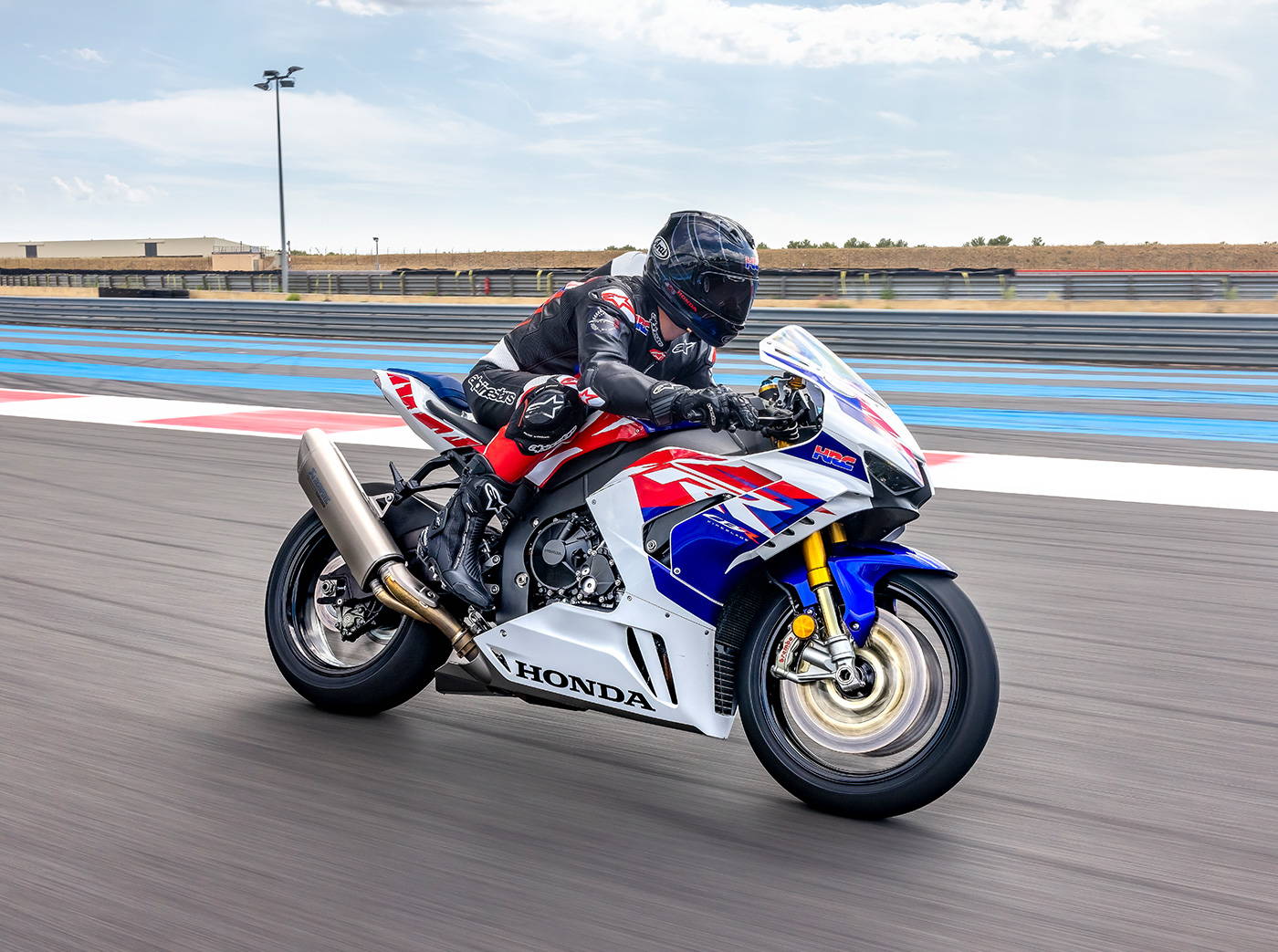
J S Gedge Limited are a credit broker and not a lender. We are Authorised and Regulated by the Financial Conduct Authority. FCA No: 677347 Finance is Subject to status. Other offers may be available but cannot be used in conjunction with this offer. We work with a number of carefully selected credit providers who may be able to offer you finance for your purchase.
We can introduce you to a limited number of finance providers. We do not charge fees for our Consumer Credit services. We will receive a payment(s) or other benefits from finance providers should you decide to enter into an agreement with them, typically either a fixed fee or a fixed percentage of the amount you borrow. The payment we will receive may vary between finance providers and product types. The payment received does not impact the finance rate offered.
Registered in England & Wales: 4374368 Registered Office: Address:- 30-34 North Street, Hailsham, BN27 1DW, UNITED KINGDOM
